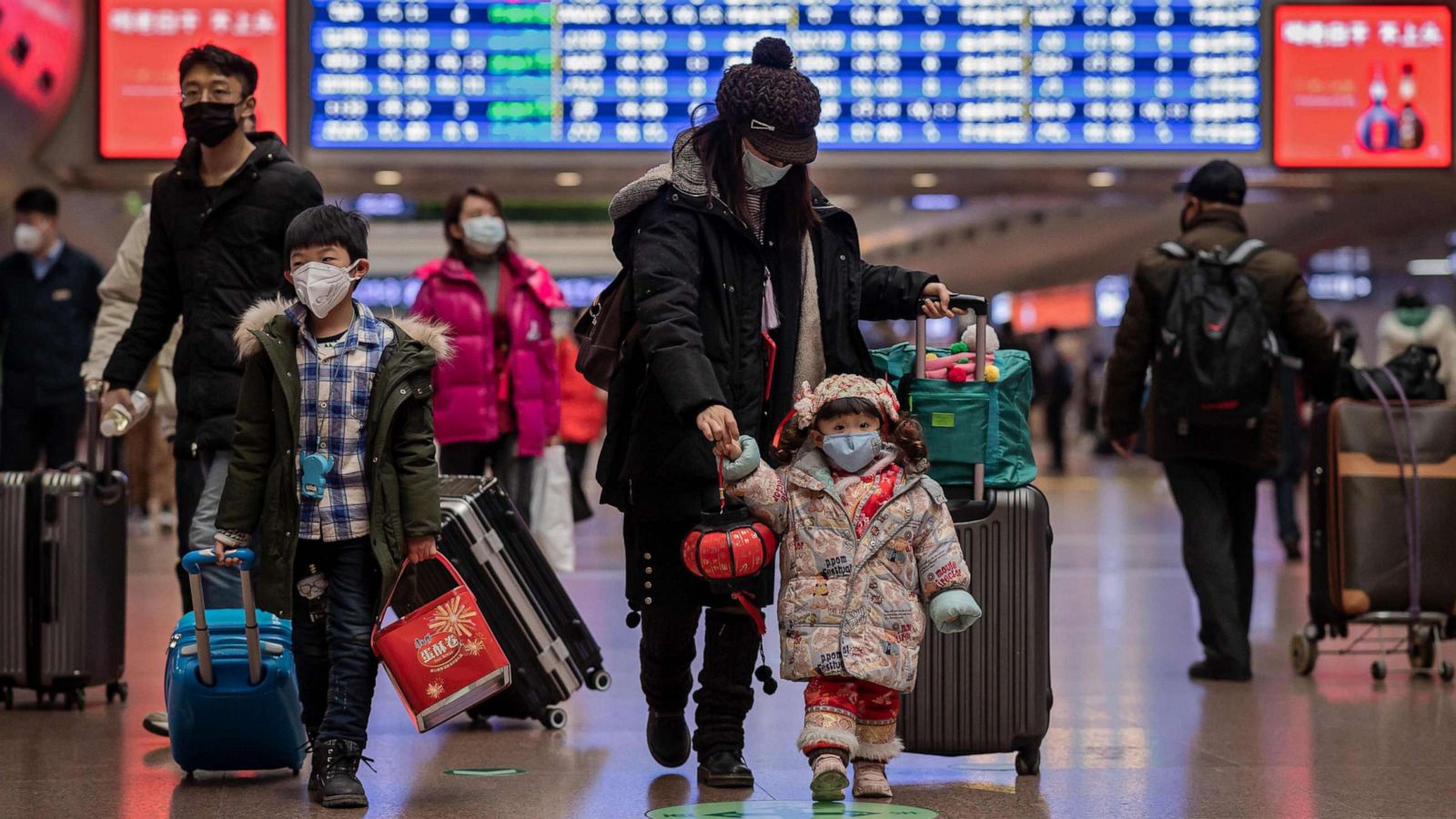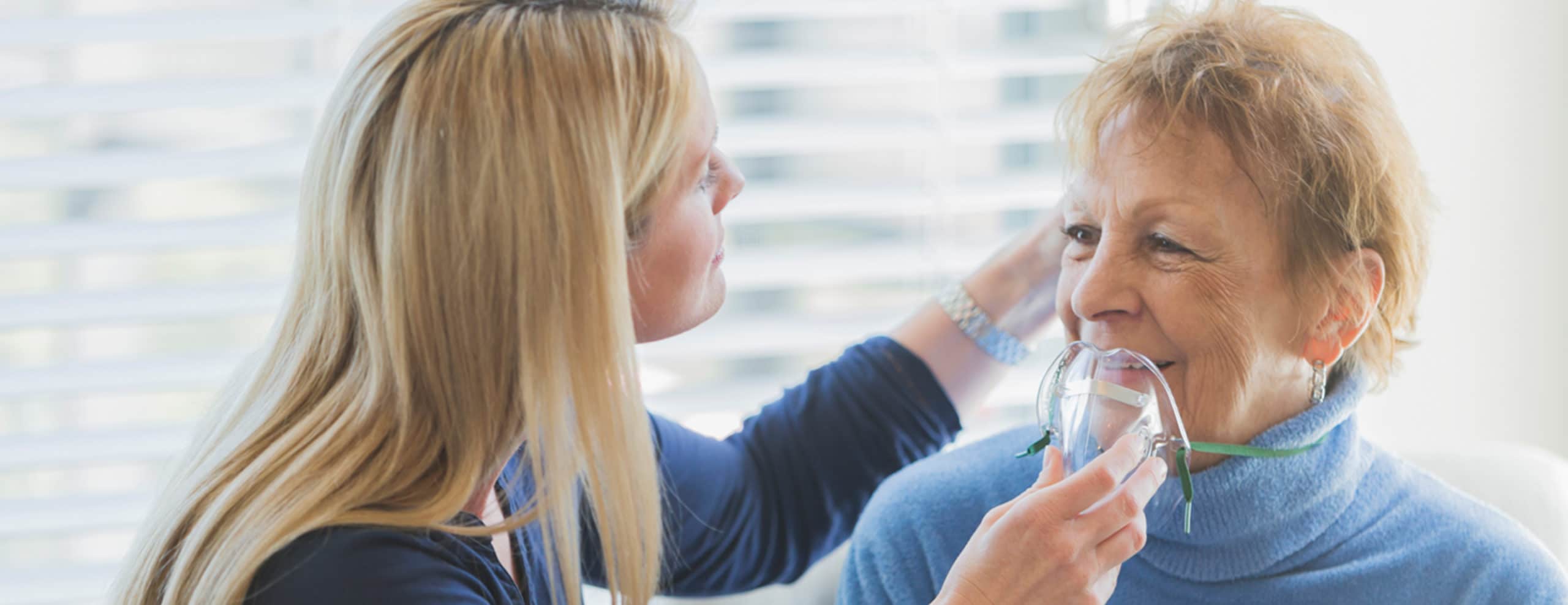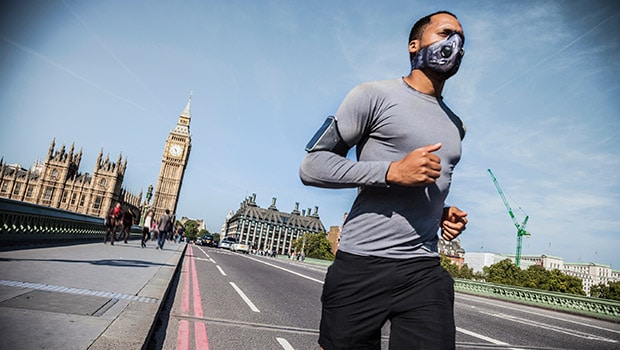In 2020, the entire world put on masks to prevent the coronavirus. Many people understand the basic concept of why, but do you really understand why the world wore masks?
As a sedation dentist and dental anesthesiologist, I know a thing or two about respiratory ventilation and infection control. In this article we’ll discuss what the studies show and some concepts you may have not realized. We’ll talk about how wearing medical masks prevented the spread of the coronavirus, why it matters, and situations when wearing a medical mask does more harm than good.
Does Wearing a Mask Prevent Spread of Coronavirus (COVID-19)
A 2020 study evaluated the effectiveness of wearing masks in the community to prevent spread of infectious disease. Plain and simple, here’s what that study showed: Masks appeared to be effective with and without hand hygiene, and both together are more protective.
The study then evaluated health care workers specifically who wore respirator masks. The results showed that if worn continually during a shift, respirator masks were effective but not if worn intermittently. So what does that tell us? It supports that wearing a mask protects from coronavirus exposure and also protects others from exposure. And equally important it shows that it only takes a few moments to have a lapse by dropping your mask down that creates an infectious exposure.
Oh, and if you’re wondering, the study also compared medical masks to cloth masks. The study showed that cloth masks were less effective than medical masks. If a cloth mask is all you have, it’s better than nothing, but ideally, pick up a medical mask during a pandemic.
How Does Wearing a Medical Mask Protect You and Others?

The airway is the most vulnerable entrance and exit from the body for infectious disease to spread. It’s the gatekeeper of the castle. If you build a motte at the front gate, you’re preventing the most significant threat of entry. That’s what masks do.
Masks prevent the spread of infectious disease by partial obstruction and filtering of the airway. The filtering of ventilation reduces the amount of pathogens in ambient air. Therefore, masks lower the risk of spread to and from each individual.
Can I Remove My Medical Mask Temporaily During the Coronavirus Pandemic
Temporarily removing your mask can increase the risk of contracting an infectious disease. However, there is a caveat: the virus must be present in the vicinity and reachable to uninfected individuals.
Let me say that again. The virus has to be present in you or someone else, otherwise the mask is just a fashion accessory.
And here’s why it matters. As a sedation dentist and dental anesthesiologist, my whole career is built around protecting the airway from obstruction. However, during the coronavirus pandemic, we’re intentionally filtering and essentially obstructing the airway. The mission is good; To prevent pathogens from transmitting to and from the body. However, that comes with potential consequences. The body also needs to breathe.
Because the transmission of coronavirus is dependent on the surrounding environment, it is important to be mindful of situations when the risks of wearing a mask outweigh the benefits. That’s how you balance breathing with virus prevention.
To be specific, it all depends on the particular circumstances of your environment. Masks can have negative effects if used improperly. They begin to create lack of blood oxygen and excessive carbon dioxide.
The other day I saw a person jogging on a rural street in 90 degree heat with a mask on. Do you think that’s healthy? That person probably won’t get COVID-19, but there are a number of other cardiovascular issues that can occur in that situation.
Don’t just take my word for it. Studies indicate that people should be particularly mindful of insufficient ventilation in times of excessive heat, during exercise, in high altitude, and during pregnancy.
So what does that mean? It means a mask is a tool that needs to be used properly, in the right environment, and shouldn’t be used excessively. Just like a fish rod is no use if there are no fish in the lake, a mask is useless if there is no chance of coming in 6 feet contact with another person. So be mindful of the environment.
What Happens if Someone has Insufficient Oxygen or Excess Carbon Dioxide

People should be mindful of the symptoms of lack of oxygen or excess carbon dioxide when wearing a mask. It’s pretty clear why the body needs oxygen; The blood needs sufficient oxygen for the brain and organs to function. However, how about carbon dioxide. How is not expelling enough carbon dioxide dangerous? Here’s the reason: It changes the pH of human blood.
The normal blood pH is restricted to a very narrow range of 7.35 to 7.45. When carbon dioxide in the blood increases to excessive levels, it creates what is called respiratory acidosis. A person who has a blood pH below 7.35 is considered to be in acidosis, and a continuous blood pH below 7.0 can be fatal.
Don’t just take my word for it. Studies indicate that people should be particularly mindful of insufficient ventilation in times of excessive heat, during exercise, in high altitude, and during pregnancy.
So what does that mean? It means a mask is a tool that needs to be used properly, in the right environment, and shouldn’t be used excessively. Just like a fishing rod is no use if there are no fish in the lake, a mask is useless if there is no chance of coming in 6 feet contact with another person. So be mindful of the environment.
What are Symptoms That May be Caused by Wearing a Medical Mask Improperly
So what signs do you need to be aware of that you might not be breathing enough with your mask on? Fortunately, there’s a few early signs of insufficient respiration that can easily help you prevent a situation from becoming dangerous. Symptoms include:
- Changes in the color of your skin, ranging from blue to cherry red
- drowsiness or inability to focus
- mild headaches
- feeling disoriented or dizzy
- feeling short of breath
- being abnormally tired or exhausted
Some of the best information on lack of ventilation come from high altitude training and mountaineering. Athletes often try to simulate altitude by wearing an altitude simulation mask and do so under close monitoring. What we know is that these activities require constant awareness. Many deaths in high-altitude mountaineering have been caused by either loss of vital functions or indirectly wrong decisions made under stress, physical weakening leading to accidents.
Wearing a Mask to Prevent Coronavirus (COVID-19)
Overall, the CDC recommends and studies support that wearing masks is beneficial. Wearing a mask is one of the primary measures people can take to reduce the overall spread of covid-19 in the community when they are within 6 feet of other individuals.
The studies also show that you need to be mindful of insufficient oxygen since most people aren’t accustomed to wearing a mask during exercise or on hot summer days. Be mindful of both the benefits and risks of wearing a mask depending on the particular circumstances.


